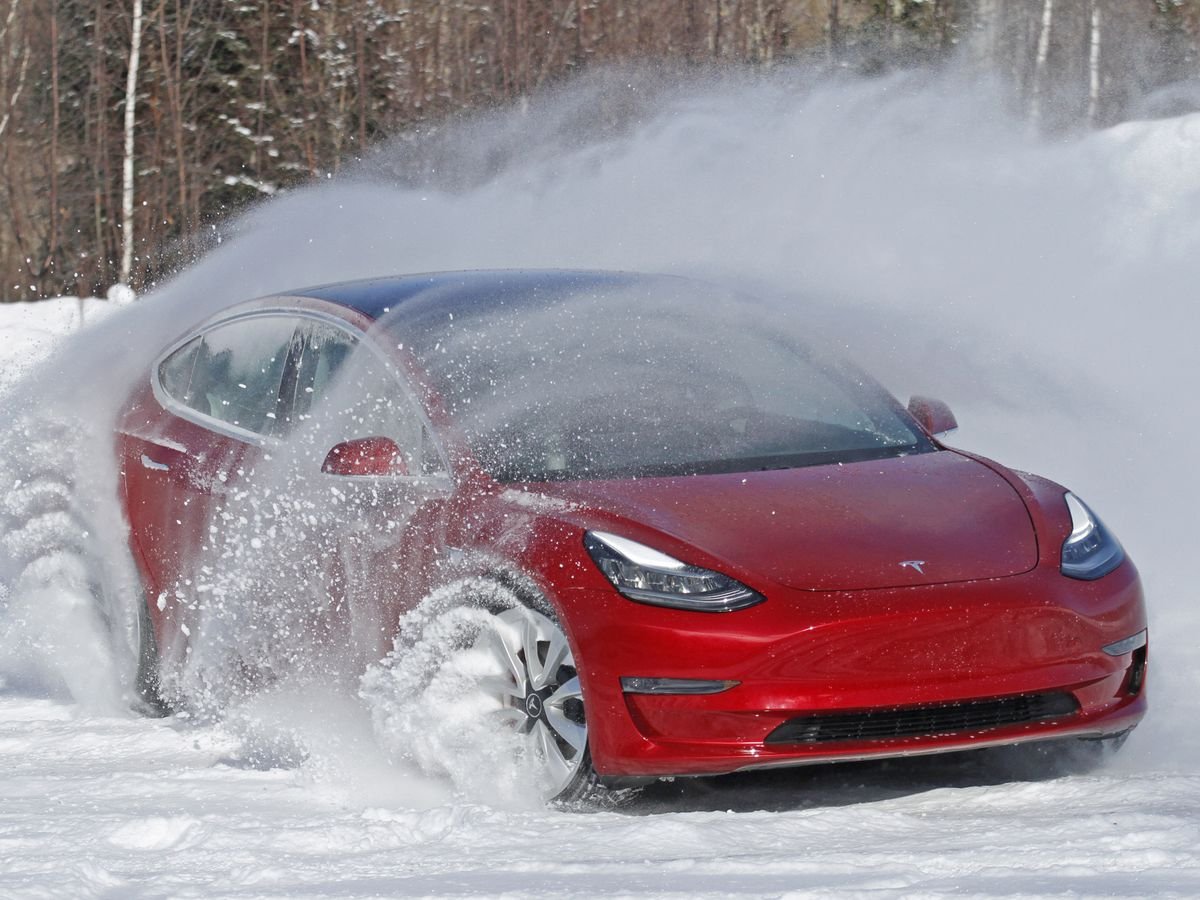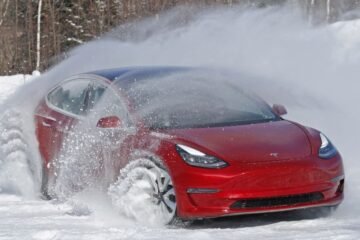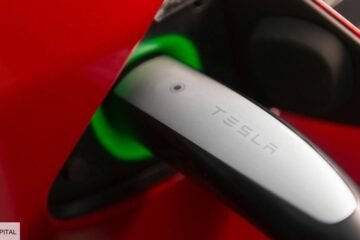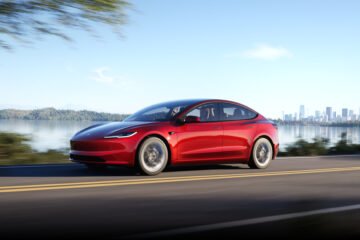
Drop in electric car range during winter: Here’s everything you need to know
The decrease in the range of electric cars catches many off guard! Blame it on the cold of winter. Our Teslas can see a reduction of up to 30% from their initial capacity in severe conditions. What’s the precise reason? And how can we mitigate this effect? In this article, we’ll cover all these points in detail.
Lithium-ion batteries dislike the cold
In cold weather, electric vehicle owners face a reduced battery range. This effect is accentuated when temperatures dip below 0°C, leading to a noticeable decrease in autonomy and longer charging durations.
Much of this can be attributed to the battery’s inherent mechanics. They are largely based on electrochemical reactions that facilitate the storage and release of power. The prevalent technology in electric vehicles, lithium-ion batteries, charges and discharges as lithium ions shuffle between the anode and cathode.
However, these ions slow their movement below 10°C, becoming less active.
This means they can’t generate the energy expected of them and, at the same time, use up more power, reducing battery life and extending charge times. Therefore, for Tesla drivers, it’s especially vital during cold spells to warm up the battery before reaching a Supercharger, ensuring quicker charging!
Lithium-ion batteries are at their operational best between 10°C and 35°C. It’s essential to remember that different batteries have varied reactions to cold.
Heating uses a significant amount of energy
As temperatures drop, we rely on heating to make our journeys more comfortable. But for an electric vehicle, using the heater can significantly decrease battery range. Unlike gasoline vehicles that use engine heat to warm the cabin, an electric car depends on its standalone heating system.
This system can be based on either electric resistance or a heat pump. Electric resistance, though effective, is a power-hungry approach, consuming up to 3,000 watts, drawn directly from the battery, thus reducing its range. On the other hand, a heat pump is more energy-efficient, using around 500 watts, far less than traditional resistance. It operates by compressing cold air to warm it and is typically found in mid to high-end electric vehicles or as an added option.
Cold Weather Diminishes Regenerative Braking Efficiency
Regenerative braking, commonly found in electric cars, significantly extends the vehicle’s range. When braking or slowing down, the car’s motor captures the kinetic energy from the wheels and channels it back to the battery.
In city environments, where starting and stopping is frequent, regenerative braking can recover up to 20% of the battery’s range.
However, during colder months, you might observe a stark reduction in regenerative braking. This happens because the battery is too cold, causing the electrochemical reactions to slow down and making the battery less effective at charging and discharging.
This can be unsettling for drivers, especially those used to single-pedal driving systems. When the familiar regenerative brake doesn’t respond as expected, it’s crucial to swiftly switch back to the traditional brake pedal.
On a Tesla’s dashboard, an indicator appears when regenerative braking is limited. This symbol often pairs with a dotted line signifying a cold battery. From personal experience, I started a journey with a particularly cold battery and noticed the snowflake symbol ❄️ next to the available range.






